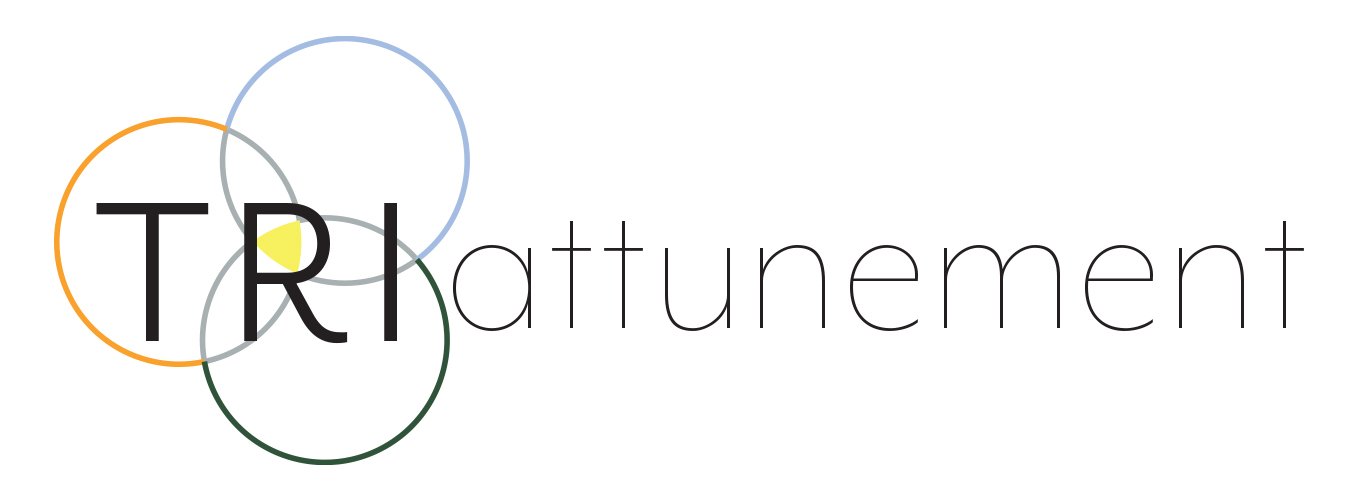Mantra Meditation
Some meditations specify a mantra to repeat silently to yourself, or you might recite it aloud.
Chanting mantra meditation adds the power of sound vibration to your practice. There are actually two benefits to chanting meditation: the sound energy is calming to the nervous system and also the sounds of many mantras are designed so that creating the sounds with the tongue in your mouth activates meridian points that further reinforce the energetic effects of the meditation.
There are many different kinds of mantras to chant, from single syllables to long compositions. It could be in English, Sanskrit, Punjabi, or any language.
There is often a specified position in which to hold your hands, called a mudra. The 'Gyan Mudra' is a common mudra, practiced by firmly holding the tip of the thumb and forefinger together on each hand. Like the 'ok' sign but the rest of the fingers are together. This mudra reinforces the intention of gaining wisdom.
Sat Nam is one of the most used mantras in Kundalini yoga. Sat means truth and Nam means identity. Repeating Sat Nam affirms your yogic quest to identify your core truths. Sit with your spine straight, your hands resting on your knees, and your eyes closed and focused on the space between your eyebrows. For five minutes (use the timer on your phone), mentally vibrate 'Sat' as you inhale and 'Nam' as you exhale. Your thoughts might distract you, just bring your mind back to 'Sat Nam' as necessary. Practice focusing on the mantra, and observing your mind.
Sat Kriya is a practice chanting Sat Nam aloud. Sat Kriya is a powerfully transformative practice-follow the link for detailed instructions.

